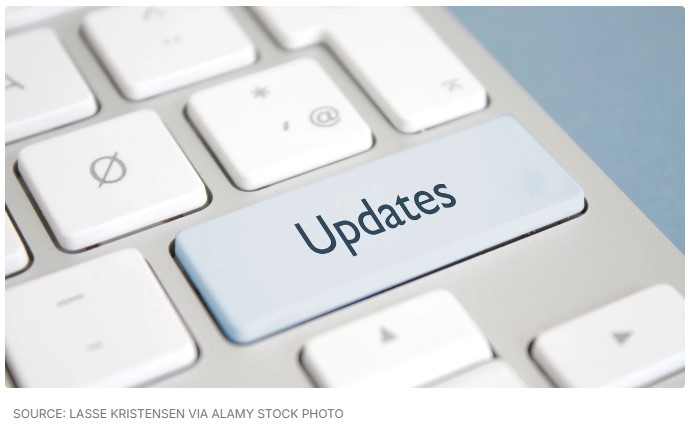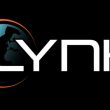Can automatic updates for critical infrastructure be trusted?
In July, the industry witnessed one of the largest technology outages in recent history, with estimates of $5.4 billion in damages. When CrowdStrike distributed a Rapid Response Content Channel Update with an exception-handling logic flaw, it opened the door for constructive conversations about automatic updates — when to use them, when not to use them, whether they make us more or less secure. It’s time to reflect and ask: What is the cost of our relentless pursuit of innovation, software currency, and speed to market? How can we reprioritize to reestablish the balance in the C-I-A triad?
IT and security teams are under enormous pressure to stay ahead of threats. However, teams must not sacrifice the right checks and balances for speed. The CrowdStrike incident serves as a reminder to the industry that even the most secure and trusted systems can fail, and it’s time to revisit how teams test and deploy critical updates.
The C-I-A Triad: Rebalancing Priorities
The C-I-A triad is a foundational pillar of cybersecurity, representing the Confidentiality (security), Integrity (accuracy), and Availability of technology platforms. For too long, the cybersecurity community — vendors and customers alike — have fixated on the C in this triad. However, the C-I-A triad is supposed to represent the full scope of a cybersecurity program. With the main focus on privacy and data security, the industry over emphasized security — and in doing so, added speed to the equation. Teams are now responding faster and deploying updates quicker to stay ahead of emerging threats and day-to-day attacks, but that’s leading to mistakes and improper testing.
Meanwhile, the I and A were relegated to secondary status — even outsourced to other technology teams. Integrity — the accuracy, completeness, and consistency of the ecosystem and underlying data — was compromised in the name of speed. Availability also suffered as the focus shifted to rapid recovery rather than ensuring uptime and reliability, all for the sake of rapid innovation and response to perceived threats.
If the CrowdStrike event has taught us anything, it is that now is the time for both vendors and customers to recommit themselves to recognizing the integral importance of and essential need to rebalance all three pillars of the C-I-A triad. In doing so, teams can build more resilient systems.
The Shift From Software to Critical Infrastructure
Leaders need to undertake three key shifts to achieve the essential checks and balance systems inherent to the C-I-A triad.
1. Transparency: Vendors must be more transparent with their product updates and give customers more control over how updates are applied. Customers should be able to manually update, deploy updates in stages, and remain on a prior stable version as a matter of policy.
To read the complete article, visit Dark Reading.

















